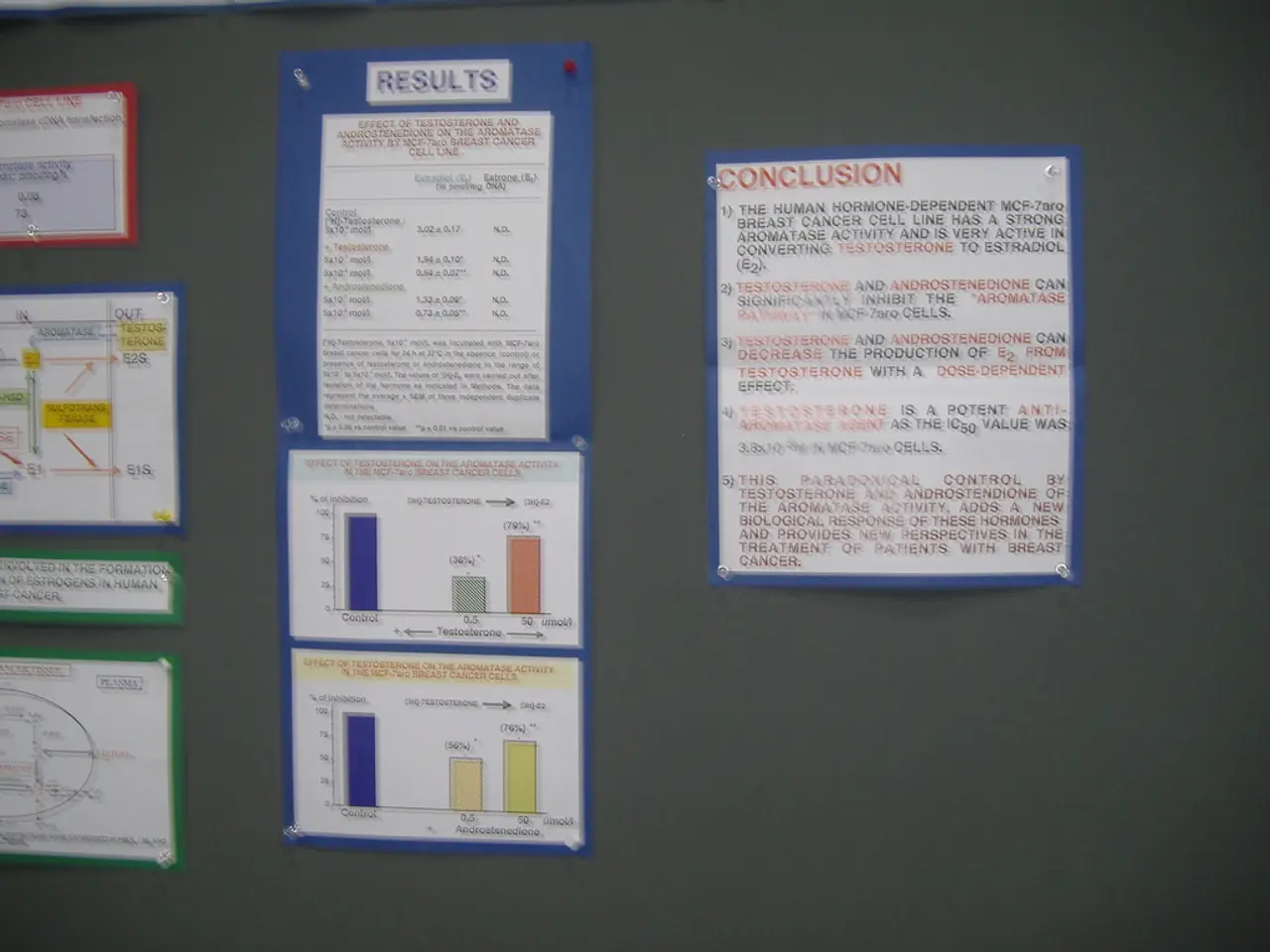Trialed and completed a proof-of-concept for tokenized promissory notes, involving participation from the BIS, World Bank, and SNB.
Project Promissa, a groundbreaking initiative spearheaded by the Swiss National Bank (SNB), the World Bank, and the BIS Innovation Hub, aims to modernize traditional debt instruments by tokenizing promissory notes. This ambitious project seeks to leverage blockchain technology to enhance efficiency, transparency, and accessibility in financial transactions, potentially setting new standards for global financial stability and inclusion.
One of the key advantages of tokenizing promissory notes is increased efficiency and automation. By enabling instant settlement and reducing the need for paperwork and manual reconciliation, financial transactions can be expedited significantly. In a recent trial, the encashing of a tokenized promissory note was compressed from weeks to seconds, demonstrating the potential for rapid, seamless transactions.
Enhanced transparency and traceability are another significant benefit of tokenized promissory notes. As these financial instruments are recorded on distributed ledgers, they provide a clear, auditable trail, improving trust and reducing fraud risks. This transparency can foster a more secure and reliable financial ecosystem.
Improved liquidity and accessibility are also potential outcomes of tokenizing promissory notes. By converting these financial instruments into digital tokens, they could be more easily traded or fractionalized, potentially broadening access to funding for businesses. This increased liquidity could stimulate economic growth and development.
Project Promissa aligns promissory notes with evolving digital financial ecosystems, facilitating integration with central bank digital currencies (CBDCs) and next-generation financial market infrastructures (FMIs). This interoperability can help ensure that traditional debt instruments remain relevant and functional in the digital age.
Regulatory and supervisory enhancements are another potential benefit of using blockchain or similar technologies. By providing better real-time data to regulators and supervisors, this technology can aid effective oversight and ensure compliance with financial regulations.
The World Bank and the SNB have previously collaborated on the use of a pilot wholesale CBDC, issuing a CHF 200 million digital bond on the SIX Digital Exchange. The trial for tokenizing promissory notes used Digital Asset's Canton blockchain, and each party in these transactions maintained full control over their own activities.
Jorge Familiar, VP and Treasurer of the World Bank, stated that Project Promissa helps reimagine a key part of financial architecture and is an example of how blockchain can be used for global good. The BIS Innovation Hub's Project Promissa was a proof of concept for tokenizing promissory notes, involving promissory notes issued by government ministries of finance to multilateral development banks, such as the World Bank or the Asian Development Bank.
In traditional methods, promissory notes are paper-based, signed with wet signatures, and couriered between countries, held in vaults at central banks. Tokenizing these notes eliminates the need to reconcile separate records of the ministry and the development bank, streamlining the process and reducing the risk of errors or discrepancies.
As Project Promissa continues to evolve, it has the potential to revolutionize the way debt instruments are handled, improving efficiency, transparency, and accessibility in financial transactions. By leveraging blockchain technology, this initiative could set new standards for modernizing traditional debt instruments, contributing to global financial stability and inclusion.
[1] For more information on Project Promissa, please refer to the official project documentation and updates from the participating organizations.
- Project Promissa, a joint initiative by the Swiss National Bank (SNB), the World Bank, and the BIS Innovation Hub, aims to use blockchain technology to tokenize promissory notes, enhancing efficiency, transparency, and accessibility in financial transactions.
- This project could potentially revolutionize traditional debt instruments, compressing settlement times from weeks to seconds and reducing fraud risks through enhanced transparency and traceability.
- Improved liquidity and accessibility are potential outcomes of tokenizing promissory notes, as these financial instruments could be easily traded or fractionalized, broadening access to funding for businesses.
- Project Promissa's integration with central bank digital currencies (CBDCs) and next-generation financial market infrastructures (FMIs) could ensure that traditional debt instruments remain relevant and functional in the digital age.




